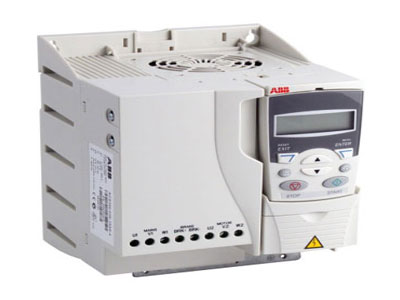What Is Digital Input In PLC?
Key Takeaway
A digital input in a PLC is a signal that represents a binary state, either on or off. These inputs come from devices like switches, sensors, and buttons. When a digital input is activated, it sends a signal to the PLC, which then processes it according to the programmed instructions. Digital inputs are essential for detecting the status of various components in an automation system, enabling the PLC to make decisions and control outputs effectively. Understanding digital inputs is crucial for setting up and troubleshooting PLC systems.
Definition and Examples of Digital Inputs
Digital inputs are crucial components of a PLC (Programmable Logic Controller) system, serving as the primary means of receiving signals from external devices. These inputs are binary, meaning they can exist in one of two states: on or off (1 or 0). Common examples include switches, pushbuttons, and sensors that detect various environmental factors like presence or absence, movement, or specific conditions. These devices send signals to a PLC, enabling it to respond according to programmed logic.

How Digital Inputs Work in PLCs
In Programmable Logic Controllers (PLCs), digital inputs serve as the primary means of receiving signals from external devices or sensors. Their operation is quite straightforward yet critical for PLC functionality. These inputs continually monitor the voltage levels at their terminals. When the voltage exceeds a predefined threshold, the input registers as active, indicating a logical HIGH state, typically represented by the binary value of 1. Conversely, if the voltage drops below this threshold, the input switches to an inactive state, signaling a logical LOW, represented by the binary value of 0. This binary representation simplifies the interpretation of signals by the PLC, allowing it to make decisions based on the presence or absence of electrical signals from external sources. Understanding how digital inputs work is foundational for engineers and technicians working with PLCs, as it forms the basis for designing and troubleshooting automated systems effectively.
You May Like to Read
Setting Up Digital Inputs
Setting up digital inputs in a PLC is a foundational step in the process of configuring automation systems. It involves several key tasks aimed at ensuring that the PLC accurately interprets signals from external devices or sensors. Firstly, engineers or technicians need to determine the specific requirements of the system, including the type and quantity of digital input modules needed to accommodate the signals from the connected devices. Once the hardware is identified, configuration parameters must be set within the PLC software to match the characteristics of the signals being received. This includes options such as filtering to eliminate noise or debounce settings to address signal bouncing issues. Additionally, proper wiring and connection of the input devices to the PLC terminals are essential to ensure signal integrity and reliability. By meticulously setting up digital inputs, engineers can lay a solid foundation for the PLC system to accurately receive and process input signals, enabling seamless operation of the automation process.
Applications of Digital Inputs
Digital inputs play a pivotal role in a multitude of industrial applications, making them indispensable components of modern automation systems. In manufacturing environments, digital inputs are extensively utilized for monitoring the operational status of machinery and equipment. By connecting sensors and switches to PLCs via digital inputs, engineers can monitor parameters such as machine on/off status, door open/close status, or emergency stop button activation, enabling real-time monitoring and ensuring safety compliance.
Moreover, in process control industries, digital inputs are instrumental in detecting the presence or absence of objects or materials along production lines. For instance, in a bottling plant, digital inputs can be used to detect the presence of bottles at various stages of the filling process, ensuring accurate filling operations and preventing spillage or product wastage.
Furthermore, digital inputs find applications in automotive and robotics industries, where they facilitate precise control of robotic arms, conveyor belts, and other automated systems based on predefined logic conditions. Overall, digital inputs serve as the backbone of automation systems across diverse industries, enabling efficient and reliable operation of industrial processes.
Troubleshooting Digital Input Issues
Troubleshooting digital input issues is a fundamental skill for engineers working with PLC systems, as even minor faults can disrupt operations and compromise efficiency. When encountering issues, engineers must methodically assess the system, starting with a thorough examination of wiring connections to identify any loose connections or damaged wires. Next, they should inspect the input modules for signs of damage or malfunction, such as burnt components or faulty terminals. Utilizing diagnostic tools like multimeters or continuity testers can aid in pinpointing the source of the problem and validating the functionality of connected devices. Additionally, engineers should consider external factors such as signal interference from nearby equipment or electromagnetic interference, which can disrupt digital signals. By systematically diagnosing and addressing potential issues, engineers can swiftly restore the functionality of digital inputs, ensuring the smooth operation of PLC systems in industrial settings.
Conclusion
In conclusion, digital inputs serve as the backbone of PLC systems, enabling them to interact with the external environment and respond to changes in real-time. Understanding how digital inputs operate, how to set them up, and how to troubleshoot issues is essential for engineers and technicians working with PLCs, as it ensures the reliability and efficiency of industrial automation processes.
